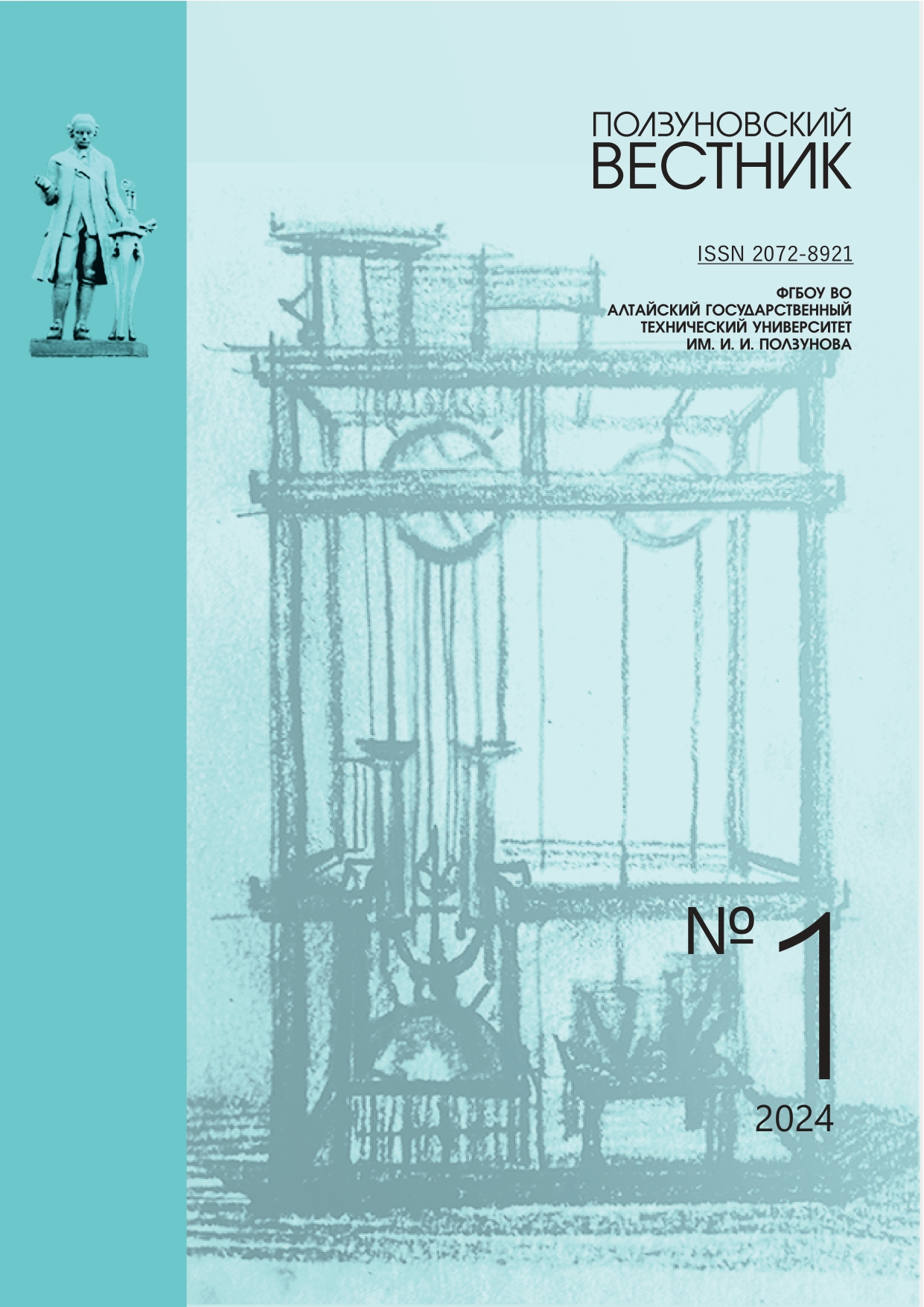РАЗРАБОТКА СПОСОБА ПОЛУЧЕНИЯ ДИОКСИДА ТИТАНА, ЛЕГИРОВАННОГО МЕДЬЮ, ДЛЯ СОЗДАНИЯ МЕМРИСТОРНЫХ ЭЛЕМЕНТОВ ПАМЯТИ
CBGBPZ
DOI:
https://doi.org/10.25712/ASTU.2072-8921.2024.01.029Аннотация
С каждым годом в мире количество цифровой информации нелинейно возрастает. Эта тенденция делает необходимым поиск новых современных элементов памяти, для чего требуется решение задач материаловедения, в частности отработки технологии осаждения тонких пленок диэлектриков, обладающих принципиально новыми свойствами, обусловленными электромиграцией в них кислородных вакансий или атомов металла. В статье представлены результаты разработки процесса осаждения и исследования пленок диоксида титана модифицированного (легированного) медью для создания на этой базе запоминающих устройств (мемристоров). Построены вольт-амперные зависимости. Показан эффект резистивного переключения. Обнаружено, что из предложенных способов получения диоксида титана приводит к существенному улучшению основных мемристивных характеристик в сравнении запоминающими устройствами на основе диоксида титана без модификации медью. В частности, показано, что использование данных пленок в структуре мемристора позволяет увеличить отношение состояния с высоким электрическим сопротивлением к состоянию с низким электрическим сопротивлением более чем в 102 раз.
Библиографические ссылки
Strukov D.B. [et al.]. The missing memristor found // Nature 2008. Т. 453. № 7191. С. 80‒83. DOI: 10.1038/nature06932.
Yang J.J., Strukov D.B., Stewart D.R. Memristive devices for computing // Nature nanotechnology. 2013. Т. 8. № 1. С. 13–24. DOI:10.1038/nnano.2012.240.
Yang R. Review of resistive switching mechanisms for memristive neuromorphic devices // Chinese Physics B. 2020. Т. 29. № 9. С. 097305. DOI: 10.1088/1674-1056/aba9c7.
Matsukatova A.N. [et al.]. Memristors based on poly (p-xylylene) with embedded silver nanoparticles // Technical Physics Letters2020Т. 46. С. 73‒76. DOI: 10.1134/S1063785020010277.
Privezentsev V.V. [et al.]. Study of Memristors Based on Silicon-Oxide Films Implanted with Zinc // Journal of Surface Investigation: X-ray, Synchrotron and Neutron Techniques. 2022. Т. 16. № 3. С. 402‒407. DOI: 10.1134/S1027451022030314.
Li W. [et al.]. Design of high-performance memristor cell using W-implanted SiO2 films // Applied Physics Letters. 2016. Т. 108. № 15. DOI:10.1063/1.4945982.
Ismail M. [et al.]. Enhancement of resistive switching performance by introducing a thin non-stoichiometric CeO2-x switching layer in TiO2-based resistive random access memory // Applied Physics Letters. 2019. Т. 114. № 1. DOI: 10.1063/1.5066586.
Miao F. [et al.]. Anatomy of a nanoscale conduc-tion channel reveals the mechanism of a high‐performance memristor // Advanced materials. 2011. Т. 23. № 47. С. 5633–5640. DOI: 10.1002/adma.201103379.
Stewart D.R. [et al.]. Molecule-independent elec-trical switching in Pt/organic monolayer/Ti devices // Nano Letters. 2004. Т. 4. № 1. С. 133‒136. DOI:10.1021/ nl034795u.
Chua L. Memristor-the missing circuit element // IEEE Transactions on circuit theory. 1971. Т. 18. № 5. С. 507–519. DOI: 10.1109/TCT.1971.1083337.
Загрузки
Опубликован
Как цитировать
Выпуск
Раздел
Лицензия
Copyright (c) 2024 Артур Еркынович Уразбеков, Павел Ефимович Троян, Юрий Владимирович Сахаров

Это произведение доступно по лицензии Creative Commons «Attribution» («Атрибуция») 4.0 Всемирная.
















 .
. Контент доступен под лицензией
Контент доступен под лицензией 
